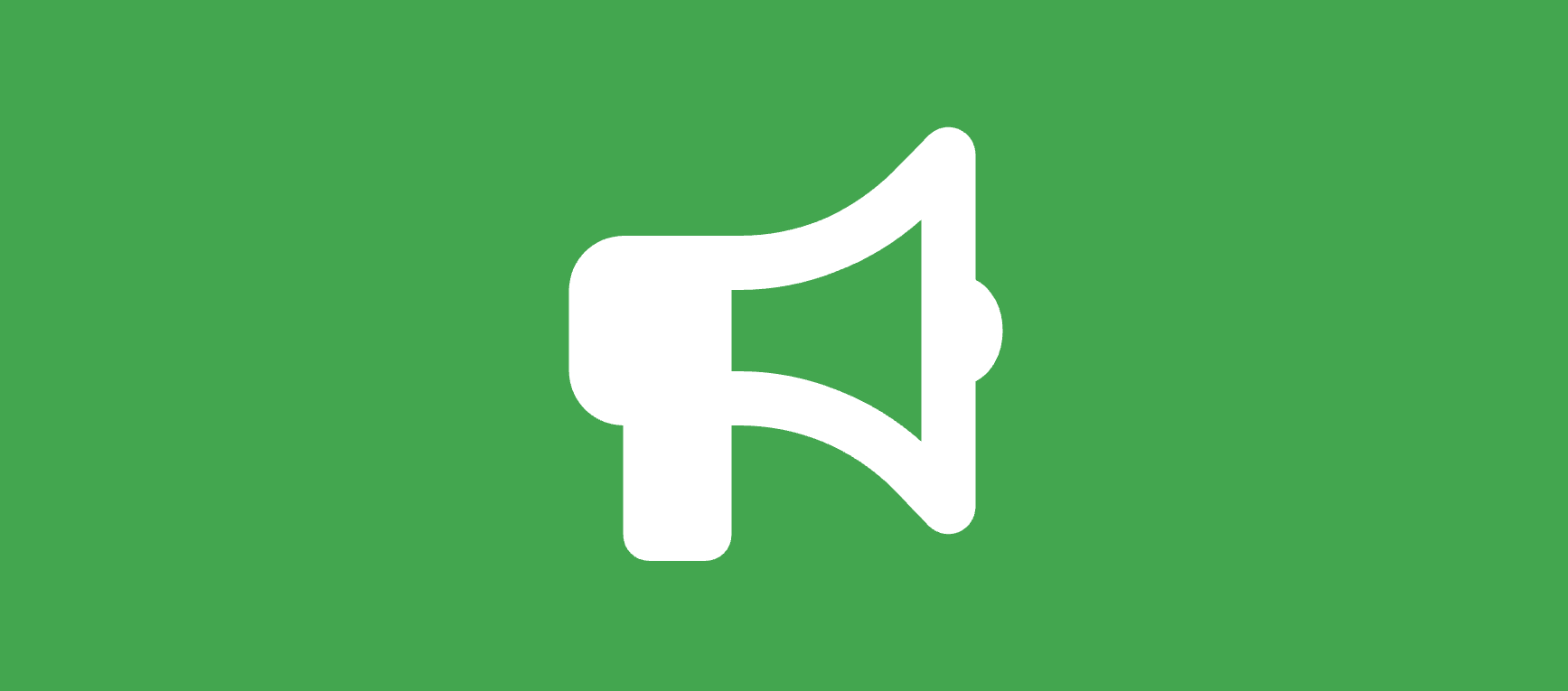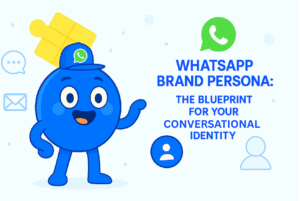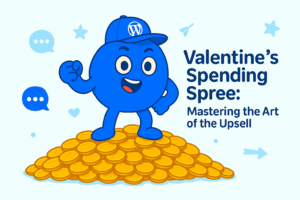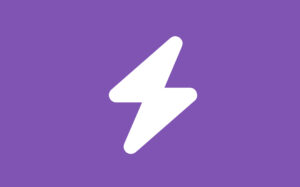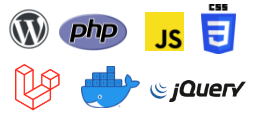Why Every Website Needs a Floating Call to Action Button
In today’s fast-paced digital world, grabbing and holding your visitors’ attention is more challenging than ever. But one small tweak can make a huge impact: the floating call to action (CTA) button. Unlike static buttons buried somewhere on your site, a floating CTA stays with the user as they scroll, nudging them to take action without getting in the way.
Whether you want more signups, messages, or conversions, this tiny yet powerful tool can make a big difference.
That’s where the Floating Awesome Button (FAB) plugin for WordPress comes in. Designed with simplicity and performance in mind, FAB helps you create beautiful, engaging floating buttons—no coding required. In this article, we’ll explore how floating CTA buttons work, why they’re so effective, and how FAB makes adding them to your site easier than ever.
What Is a Floating Call to Action (CTA) Button?
A floating call to action button is a clickable element that remains visible on the screen as users scroll through your website. Unlike traditional CTA buttons that are placed within specific sections (like headers or footers), floating CTAs are “sticky”, meaning they follow the visitor’s journey throughout the page.
These buttons are commonly used to:
- Encourage instant messaging or contact
- Prompt newsletter subscriptions
- Offer quick navigation like “Back to Top”
- Trigger popups with offers or promotions
Floating CTA buttons are not only about visibility—they’re about convenience. By removing friction and making it easier for users to act at any time, they help improve engagement, reduce bounce rates, and increase conversions.
With a plugin like FAB, creating and managing these buttons becomes seamless, even if you’re not tech-savvy.
Why Floating CTA Buttons Work So Well
Floating CTA buttons are more than just a design trend—they’re a strategic tool rooted in user behavior and conversion science. Here’s why they consistently outperform static CTAs:
- Always Visible = Always Ready to Convert Unlike regular buttons that users may scroll past and forget, floating CTAs stay pinned to the screen. This persistent visibility ensures that when users are ready to take action—whether that’s contacting you or signing up—they don’t have to hunt for the next step.
- Improved Mobile Experience Mobile users have less screen space and more distractions. A floating CTA provides a thumb-friendly action point that’s always accessible, enhancing usability on small screens.
- Encourages Spontaneous Interaction Because the button is always there, it prompts instant decisions. Whether it’s a last-minute question or a sudden urge to subscribe, floating buttons remove hesitation and delay.
- Low Effort, High Impact Floating buttons don’t require users to change screens or scroll back up. One tap is all it takes to connect, engage, or convert—making it easier for your website to do its job.
With the Floating Awesome Button, you can harness all these benefits through an intuitive interface and stunning design options.
Use Cases for Floating CTA Buttons
Floating CTA buttons can be used in a variety of creative and high-impact ways, depending on your website’s goals. Here are some of the most effective use cases:
1. Contact Forms or Support Chat Let users get in touch instantly without navigating away from the page. Floating buttons can open contact forms, trigger live chat, or connect directly to WhatsApp or Messenger.
2. Newsletter Signup Prompt visitors to subscribe to your newsletter with a floating button that opens a minimal, non-intrusive signup form—perfect for growing your email list without annoying popups.
3. Limited-Time Offers or Promos Use floating buttons to highlight deals, discounts, or limited-time offers. Trigger a popup or toast message that drives urgency and conversions.
4. Call Now or Schedule a Demo Service-based businesses can use floating CTAs for immediate calls or to open a booking form. Great for increasing appointment rates and real-time engagement.
These use cases show how versatile and valuable a floating CTA can be. With Floating Awesome Button (FAB), you can set up all of the above with ease—without writing a single line of code.
Introducing Floating Awesome Button (FAB)
Floating Awesome Button (Sticky Button, Popup, Toast) & +100 Website Custom Interactive Element
If you’re looking for a simple yet powerful way to implement floating CTA buttons on your WordPress site, look no further than Floating Awesome Button (FAB).
What Is FAB?
FAB is a lightweight, user-friendly WordPress plugin that lets you add floating action buttons with ease. Whether you’re a developer or a beginner, FAB offers a no-code solution to make your website more interactive and action-oriented.
Key Features:
- Floating Buttons: Stay visible as users scroll, perfect for calls to action.
- Multiple Action Types: Link to a page, open a popup, display toast notifications, or trigger custom actions.
- Stylish Presets & Icons: Use built-in icons or upload your own for brand consistency.
- Responsive Design: Fully optimized for desktop and mobile.
- WooCommerce Compatible: Encourage purchases or show cart reminders with floating buttons.
- Customizable Behavior: Set triggers, delays, or actions for advanced interaction.
Who Is It For?
- Bloggers wanting more newsletter signups
- Agencies boosting client inquiries
- Ecommerce stores increasing purchases
- Service providers booking more calls
With FAB, adding a floating call to action is not just easy—it’s enjoyable.
How to Add a Floating CTA Button with FAB (Step-by-Step)
Adding a floating call to action button using the Floating Awesome Button (FAB) plugin is fast and beginner-friendly. Follow these simple steps to get started:
Step 1: Install the FAB Plugin
- Log in to your WordPress dashboard.
- Go to Plugins > Add New.
- Search for “Floating Awesome Button”.
- Click Install Now, then Activate.
Step 2: Create Your First Floating Button
- Once activated, go to FAB > Add New FAB.
- Search for Call to Action click + Add New
Step 3: Customize the Button
- Select an icon.
- Write the button label text
- Pick a position on the screen (bottom-right, bottom-left, etc.).
- Customize the color, size, and animation.
Step 4: Set the Action
- Choose what happens when the button is clicked:
- Open a contact form
- Show a popup or toast message
- Navigate to a specific URL
Step 5: Save and Preview
- Hit Publish to make the button live.
- Visit your website to see it in action and make sure it works across desktop and mobile.
With these five steps, your floating CTA is live—helping you guide visitors to act, engage, and convert.
Tips for Designing Effective Floating CTA Buttons
A floating CTA button is only as effective as its design and placement. Here are some best practices to help you get the most out of your FAB-powered buttons:
- Keep It Simple and Clear Use concise, action-oriented text like “Contact Us,” “Get a Quote,” or “Subscribe Now.” Avoid cluttered designs or vague messaging that may confuse users.
- Make It Visually Distinct Choose a color that contrasts with your website background while still aligning with your brand. This ensures the button is noticeable without being disruptive.
- Use Recognizable Icons Icons enhance clarity and reduce cognitive load. A phone, envelope, or arrow icon can instantly communicate what the button does.
- Avoid Overlapping Important Content Test the button’s placement on both desktop and mobile devices to ensure it doesn’t block navigation menus, forms, or key content.
- Limit to One Primary CTA Avoid adding too many floating buttons, as this can overwhelm users. One clear, focused call to action is more effective than multiple competing options.
- Add Subtle Animation FAB allows smooth animations that can gently attract attention without being annoying. A small bounce or pulse can make a big difference.
Following these tips will help you design CTA buttons that are not only functional, but also improve the overall user experience.
How to Personalize Your CTA Using FAB Location

Remember, Personalized CTAs convert 42% more viewers than untargeted CTAs!
Personalizing your floating call to action (CTA) button using WordPress conditional tags allows you to show the CTA button at the most relevant times, increasing the likelihood of engagement. Floating Awesome Button (FAB) enables you to take advantage of these tags, which target specific pages or conditions based on your website’s structure. This results in a more tailored experience for your visitors, encouraging them to take action when it’s most appropriate.
Let’s explore how you can leverage WordPress conditional tags in FAB to boost engagement.
- Target Specific Content Types Using WordPress Conditional Tags
WordPress conditional tags such as is_singular(), is_page(), and is_single() allow you to display your floating CTA based on the type of content being viewed. This ensures your CTA is contextually relevant to the user, improving the chances of engagement.
- is_singular(): Display the CTA on single posts, pages, or any custom post type. This is great for encouraging users to take action when they are deeply engaged with a specific piece of content.
- is_page(): Use this tag to show your floating CTA on specific pages, such as your contact or pricing page, to prompt users to get in touch or make a purchase.
- is_single(): Show the CTA on individual blog posts. If you want to encourage users to share the post or sign up for your newsletter, this tag can help you target the right content.
- Show CTAs Based on Archives and Categories
If your site has categories or archives, you can use WordPress tags like is_category() and is_archive() to personalize the floating CTA’s visibility for users browsing specific types of content.
- is_category(): Display the CTA only when users are viewing specific categories, like “Sale” or “News.” This ensures the CTA matches the content the user is viewing, prompting them to take relevant actions.
- is_archive(): Target your CTA to appear on archive pages, such as monthly or author archives, providing users with the opportunity to take action while they’re exploring older posts.
- Increase Engagement with Time-based Conditional Tags
WordPress allows you to create a sense of urgency or relevancy by using date- or time-based conditional tags such as is_date() or is_time(). These tags help you show the CTA during time-sensitive promotions, deadlines, or events.
- is_date(): Display the CTA on posts related to specific dates, such as events, seasonal sales, or anniversary celebrations.
- is_time(): Use this tag to trigger the CTA at specific times of day, ideal for flash sales or live events that require timely action.
- Display CTAs for Specific User Roles
FAB also supports showing the CTA based on the visitor’s WordPress role, ensuring that you’re targeting your CTA to the right audience. For example, you could display a unique offer for logged-in users or subscribers, making it feel more personalized and exclusive.
- is_user_logged_in(): Show a floating CTA only for logged-in users. This could be useful for encouraging logged-in users to complete their profiles, upgrade their subscriptions, or view exclusive content.
- user_role: Display a different CTA for users with specific roles like subscribers, contributors, or administrators. This is perfect for targeted messaging such as membership offers or internal announcements.
- Tailor Your CTA Based on Taxonomies
WordPress taxonomies, such as categories or tags, allow you to target your CTA to specific groupings of content. By using is_tax(), you can personalize the CTA based on the taxonomy term being viewed.
- is_tax(): Use this tag to display your CTA for posts within specific taxonomies, like a category for “featured products” or “new arrivals.” You can adjust the CTA to match the topic of the content, ensuring it’s more likely to resonate with users.
How to Implement WordPress Conditional Tags in FAB
- In your FAB settings, find the location settings for the CTA button.
- Look for the “Conditional Tags” option in the dropdown menu.
- Select the appropriate conditional tag based on the content type, taxonomy, or user behavior you want to target.
- Save your settings and preview the button on your site to make sure it appears as intended.
Using WordPress conditional tags with FAB lets you show the floating CTA button when it’s most relevant to the visitor. By targeting the right pages, categories, user roles, and more, you can create a personalized and engaging experience that encourages action at the right moment.
Conclusion: Enhance Engagement with Floating CTA Buttons
A floating call to action button is a simple yet powerful tool to enhance user engagement on your WordPress site. By ensuring constant visibility, ease of use, and strategic placement, these buttons guide visitors toward taking meaningful actions, whether it’s subscribing to a newsletter, contacting you, or completing a purchase.
With the Floating Awesome Button (FAB) plugin, you can quickly and easily implement this powerful feature without the need for complex coding. It’s an excellent solution for WordPress users looking to improve conversions, increase interaction, and create a seamless user experience.
By following the steps outlined in this article, designing your button for maximum effectiveness, and continuously optimizing its performance, you’ll be on your way to creating a more engaging and user-friendly website.
Start using FAB today and see how easy it is to turn casual visitors into loyal customers.


